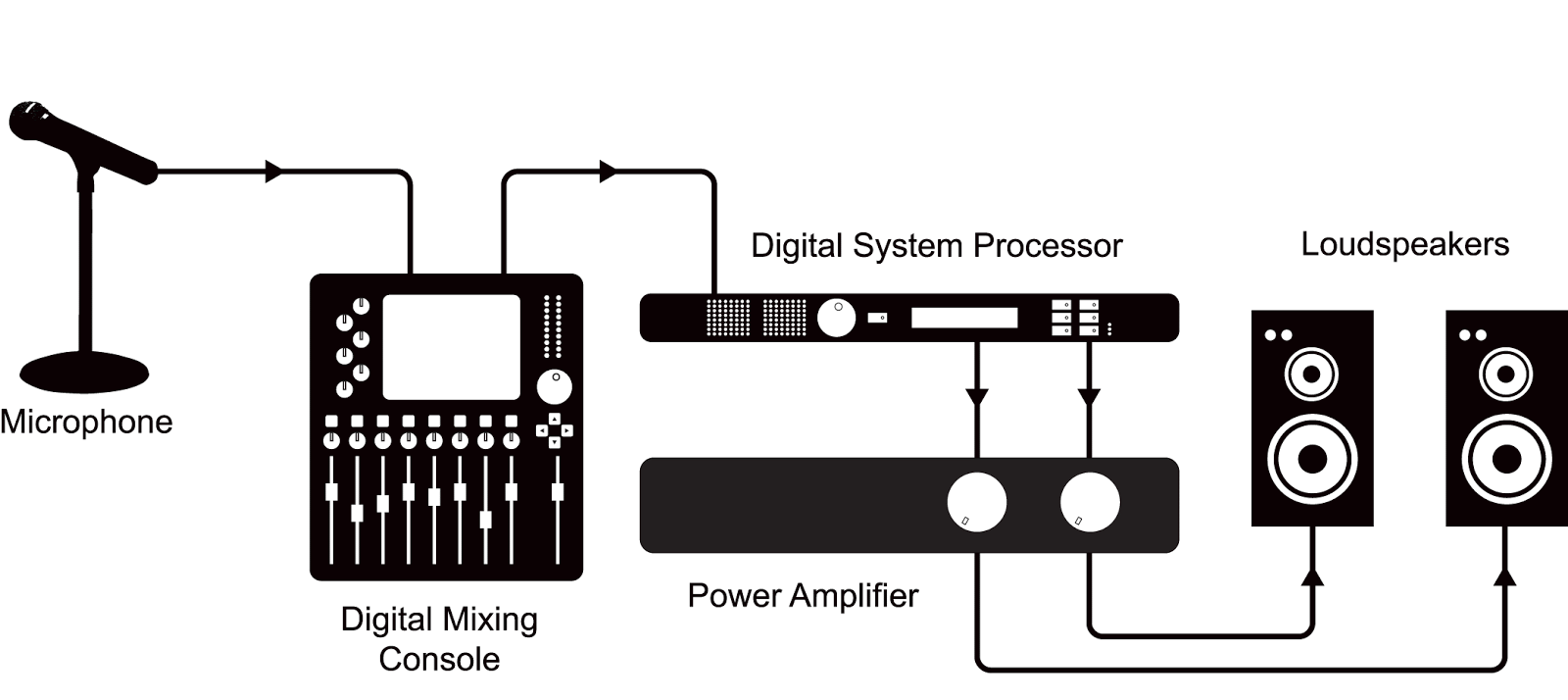Once a recording has been made, it will almost certainly need to be edited. The basic sound editing operations that most multimedia procedures needed are described in the paragraphs that follow.

1. Multiple Tasks: Able to edit and combine multiple tracks and then merge the tracks and export them in a final mix to a single audio file.
2. Trimming: Removing dead air or blank space from the front of a recording and an unnecessary extra time off the end is your first sound editing task.
3. Splicing and Assembly: Using the same tools mentioned for trimming, you will probably want to remove the extraneous noises that inevitably creep into recording.
4. Volume Adjustments: If you are trying to assemble ten different recordings into a single track there is a little chance that all the segments have the same volume.
5. Format Conversion: In some cases your digital audio editing software might read a format different from that read by your presentation or authoring program.
6. Re-sampling or down sampling: If you have recorded and edited your sounds at 16 bit sampling rates but are using lower rates you must resample or down sample the file.
7. Equalization: Some programs offer digital equalization capabilities that allow you to modify a recording frequency content so that it sounds brighter or darker.
8. Digital Signal Processing: Some programs allow you to process the signal with reverberation, multitap delay, and other special effects using DSP routines.
9. Reversing Sounds: Another simple manipulation is to reverse all or a portion of a digital audio recording. Sounds can produce a surreal, other wordly effect when played backward.
10. Time Stretching: Advanced programs let you alter the length of a sound file without changing its pitch. This feature can be very useful but watch out: most time stretching algorithms will severely degrade the audio quality.




